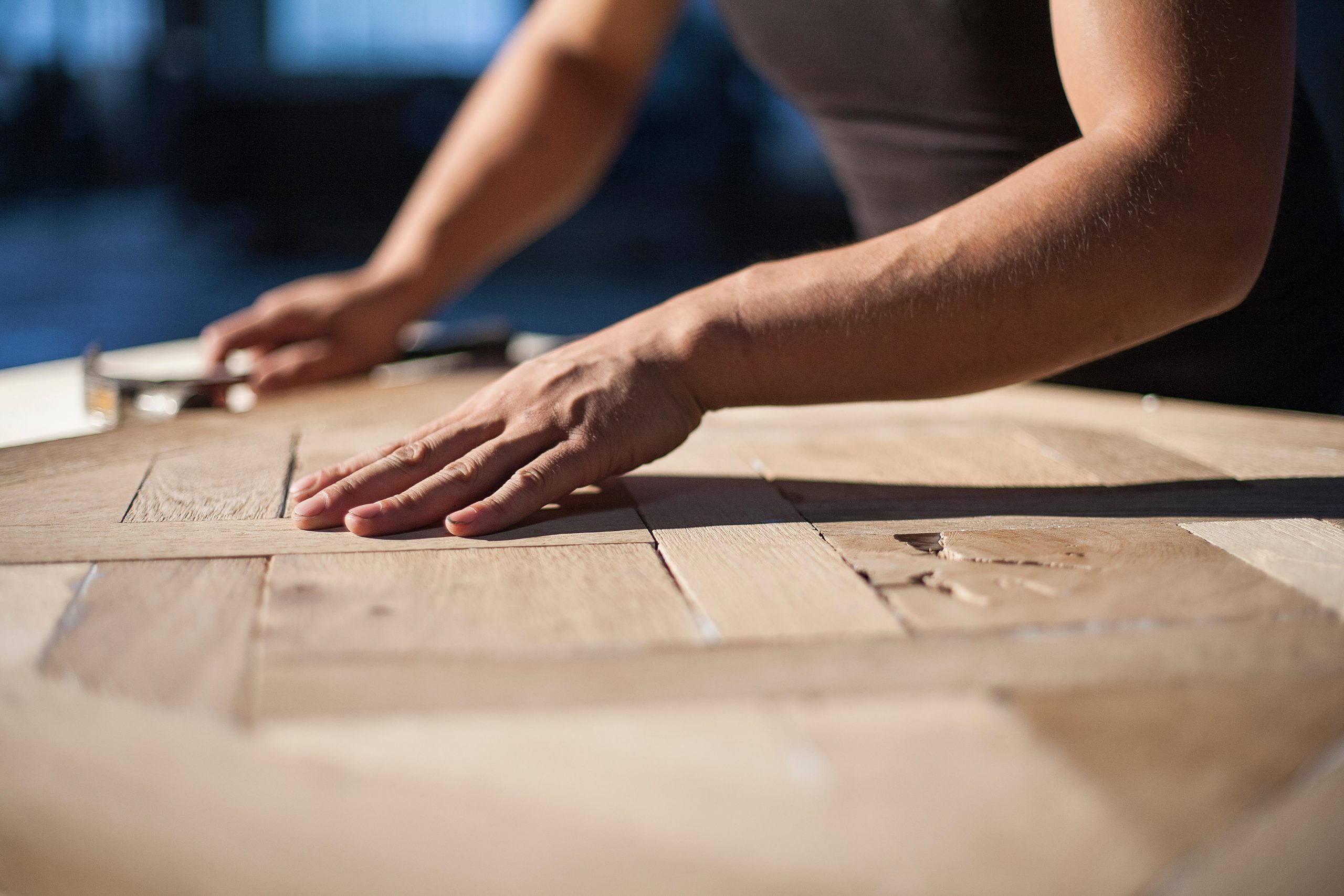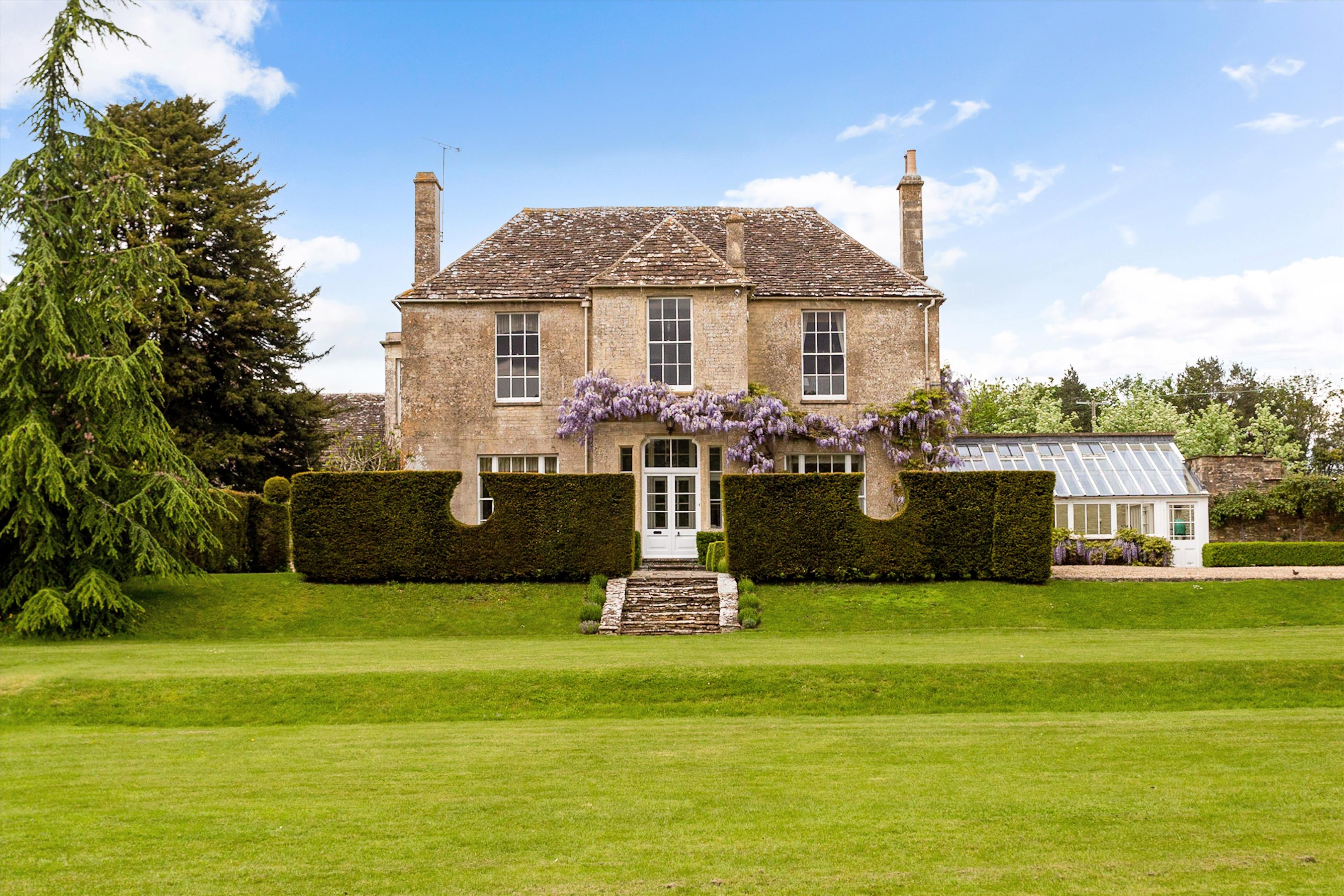Why craft matters: 'We find ourselves in an exciting era... in a way that couldn't be further removed from the anonymity of the mass-produced'
Country Life's interiors guru Giles Kime sees a new wave emerging in craft in Britain, and couldn't be happier about it.


At the start of London Craft Week earlier this month, Country Life hosted a discussion that explored the current revival of interest in craft. Held at Chelsea Barracks, the speakers were Ben Pentreath and Ben Johnson, who have both been involved in the design of different aspects of the former barracks. London’s newest residential district, it comprises houses, apartments and gardens opposite the Royal Hospital. Mr Pentreath ascribed the revival to a growing recognition that we are able to form a real and distinctive connection with objects made by hand.
In many senses, this new twist in the story of British architecture and interior design is evolution, more than revolution. Even with the industrialisation of furniture-making, craft was never completely subsumed. Instead, it manifested itself in other ways, particularly in the restoration of period buildings and furniture. Now, we find ourselves in an exciting era; craft has been embraced by a new generation of designers, influenced by the restraint of Modernism, who recognise that traditional skills and materials enrich contemporary spaces in a way that couldn’t be further removed from the anonymity of the mass-produced.
During London Craft Week, the appeal of this approach was evident in an exhibition of designs from the Chelsea Barracks Collection. It included the work of crafts-people such as Rory Stride, who employs traditional materials and techniques to create furniture that combines the best of both classic and contemporary.
What is perhaps counterintuitive about this shift is that a great deal of modern craft combines highly skilled manual techniques, such as carving, gilding and polishing, with computer-aided manufacture. The use of electronic devices allows craftspeople to delegate stages in the production process to machines, as they focus their skill, time and energy where it matters most. The same is true of the creative process; the combination of hand-drawn concepts with computer-aided design creates opportunities to evolve a project with far greater efficiency than would ever have been available to our ancestors.
Even with the benefit of digital technology, the pleasures of a completely handmade interior remain the preserve of a privileged few. What is exciting, however, is the prospect that greater demand could create economies of scale.
Cheering, too, is a growing understanding that beautifully made furniture and objects, although more expensive, have the potential to last a lifetime or, indeed, several lifetimes. Add to that the logistical and economic benefits of small-scale production on these shores and everyone wins.
Why craft makes you happy, with Giles Kime, Ben Pentreath and Ben Johnson
Country Life's Giles Kime heads to the new Chelsea Barracks development at the start of London Craft Week, to speak
Sign up for the Country Life Newsletter
Exquisite houses, the beauty of Nature, and how to get the most from your life, straight to your inbox.
-
 Five Cotswold dream homes on the market from £3m to £18m, as seen in Country Life
Five Cotswold dream homes on the market from £3m to £18m, as seen in Country LifeThis week we have a Cotswolds-themed rundown of some of the finest homes to come to the market in this beautiful part of England.
-
 Here Today, Gone Tomorrow: 'Nature’s ephemeral beauty reminds us of our own finite existence'
Here Today, Gone Tomorrow: 'Nature’s ephemeral beauty reminds us of our own finite existence'A withering rosebud, the brevity of blossom and the one-day wonder of the mayfly: Nature’s ephemeral beauty reminds us of our own finite existence, but melancholy transience also offers moments of magic.